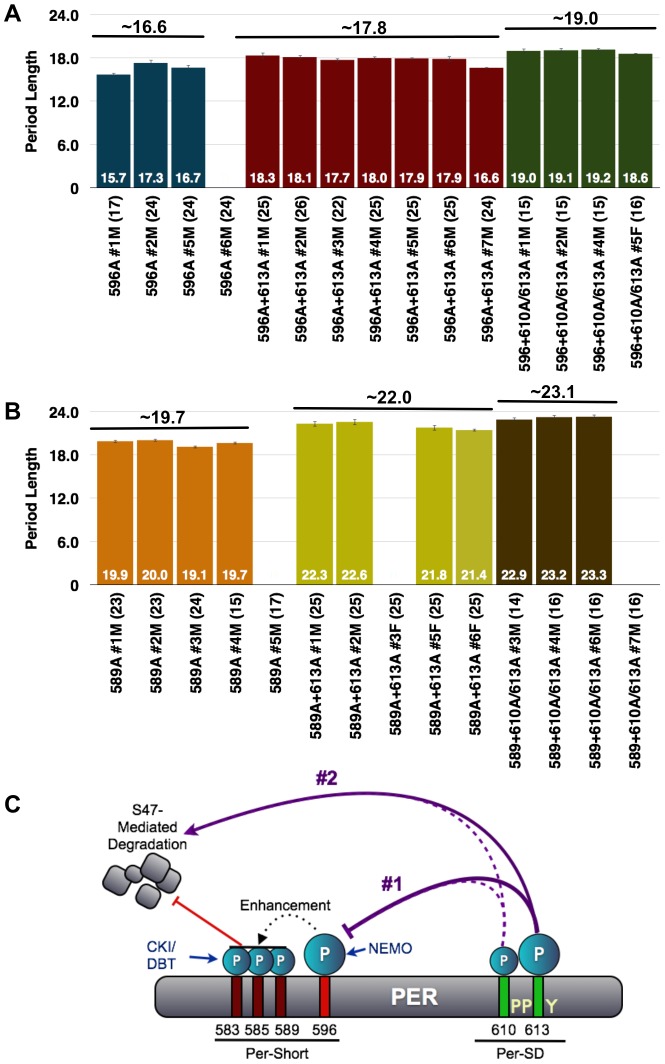Figure 8. The short period phenotype of S596A is epistatic to S613A.
(A) Graphs depicting period length of per01 flies carrying transgenes harboring the single S596A mutation (blue bars) or S596A combined with the S613A (red bars) or T610A/S613A (green bars) mutations. Period lengths are listed within each bar and values in parentheses indicate the number of flies analyzed. Average period length for all lines combined is listed above each set. Raw data are summarized in Table 1. Only male flies were analyzed in these experiments. Note, the S596A+S613A lines possess period lengths similar to those of S596A single mutant lines suggesting that S596A is largely epistatic to S613A; in other words, without S596, regulation by S613 is not critical. Additionally, S596A is also largely epistatic to the long period phenotype of the double T610A/S613A mutant. (B) The S613A (yellow bars) and T610A/S613A (brown bars) mutations are able to more dramatically increase the period length of the S589A mutation (orange bars), which is only one of three residues regulated by 596. These data are consistent with S613A regulating the more critical phospho-residue, S596. (C) Updated model representing potential regulation of PER by the PER-Short and PER-SD domains. In scenario #1, the PER-SD domain regulates phosphorylation of residues within the PER-short domain, while scenario #2 proposes that phosphorylation of the PER-Short and PER-SD domains control clock speed in parallel.

